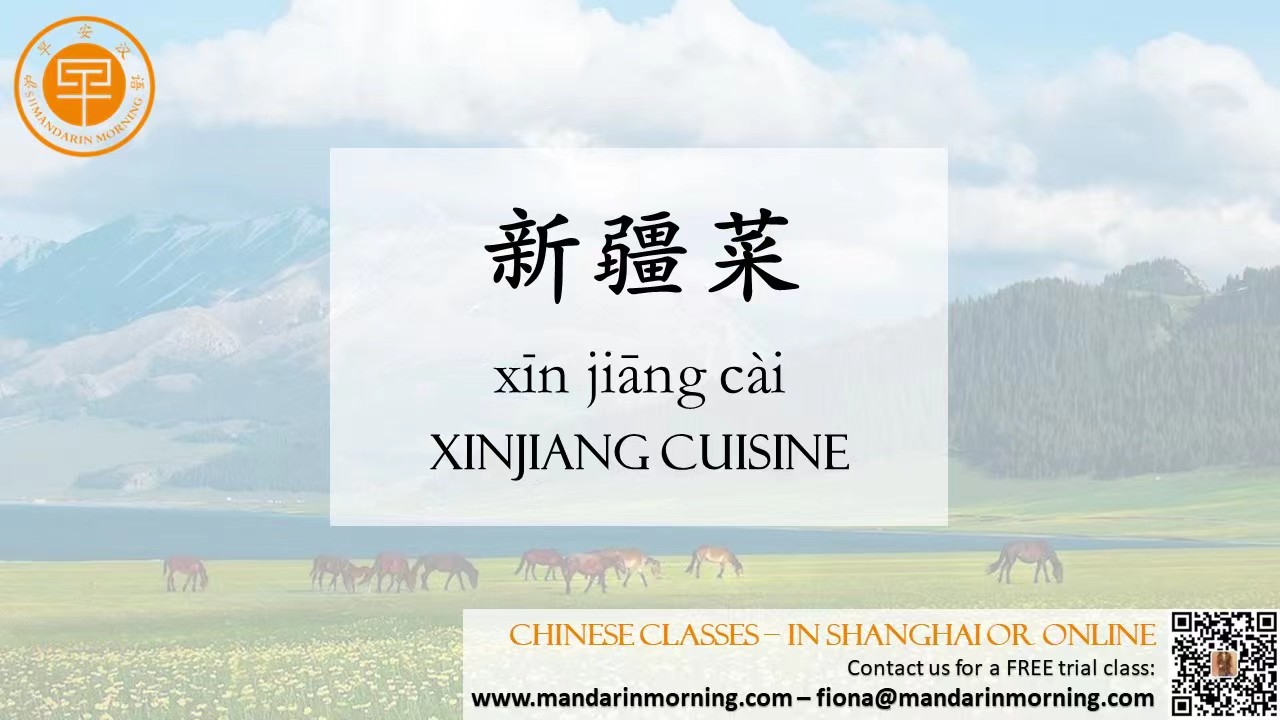【Learn Chinese】Other Popular Chinese Cuisines (Part 2) |
| Chinese cuisines have typically been divided into ‘Eight Great Cuisines’ 八大菜系 bā dà cài xì as a means of simplifying this vast and complex tradition and pinpointing regional characteristics. Here are two other regional cuisines that have been overlooked in this canon but are equally worthy of our attention.  Shaanxi Cuisine 陕西菜 Shǎnxī cài As with many regions in northern and western China, Shaanxi food is characterized by its heavy use of wheat products. Strong flavours derive from the heavy use of dried chilli and spices such as cumin. The region is also famous for its abundance of breads and noodles. The provincial capital of Xi’an is arguably the epicentre of Shaanxi cuisine. An important stop along the ancient silk road and a former capital of China, influences to the local Xi’an cuisine come from far afield. Hui Muslims, the largest minority group in the region, are particularly skilled at noodle pulling and are famous for their bread and lamb dishes, such as bread soaked in lamb soup 羊肉泡馍 yángròu pàomó. One of the most famous street food dishes of Xi’an is 凉皮 liángpí. A hallmark of Chinese ingenuity and resourcefulness, this dish is made up of two key components: chewy and silky ‘noodle skins’ a.k.a. the liángpí and 面筋 miànjin, a wheat gluten that is made as a by-product of the noodle making process. Xinjiang Cuisine 新疆菜 Xīnjiāng cài Situated at the crossroads of ‘traditional’ China and central and south Asia, Xinjiang is a culinary melting pot of flavours and ingredients. Here, local versions of pilaf rice, called 抓饭 zhuā fàn, and naan bread is sold alongside Chinese pulled noodles. Despite being covered in vast, arid deserts, irrigation from Meltwater has created fertile soil in a climate ideal for fruit orchards. Produce such as peaches, grapes, melons, and pears from Xinjiang are in high demand across China. Dairy products are widely consumed in this region, with yogurt and ice cream being local favorites. |